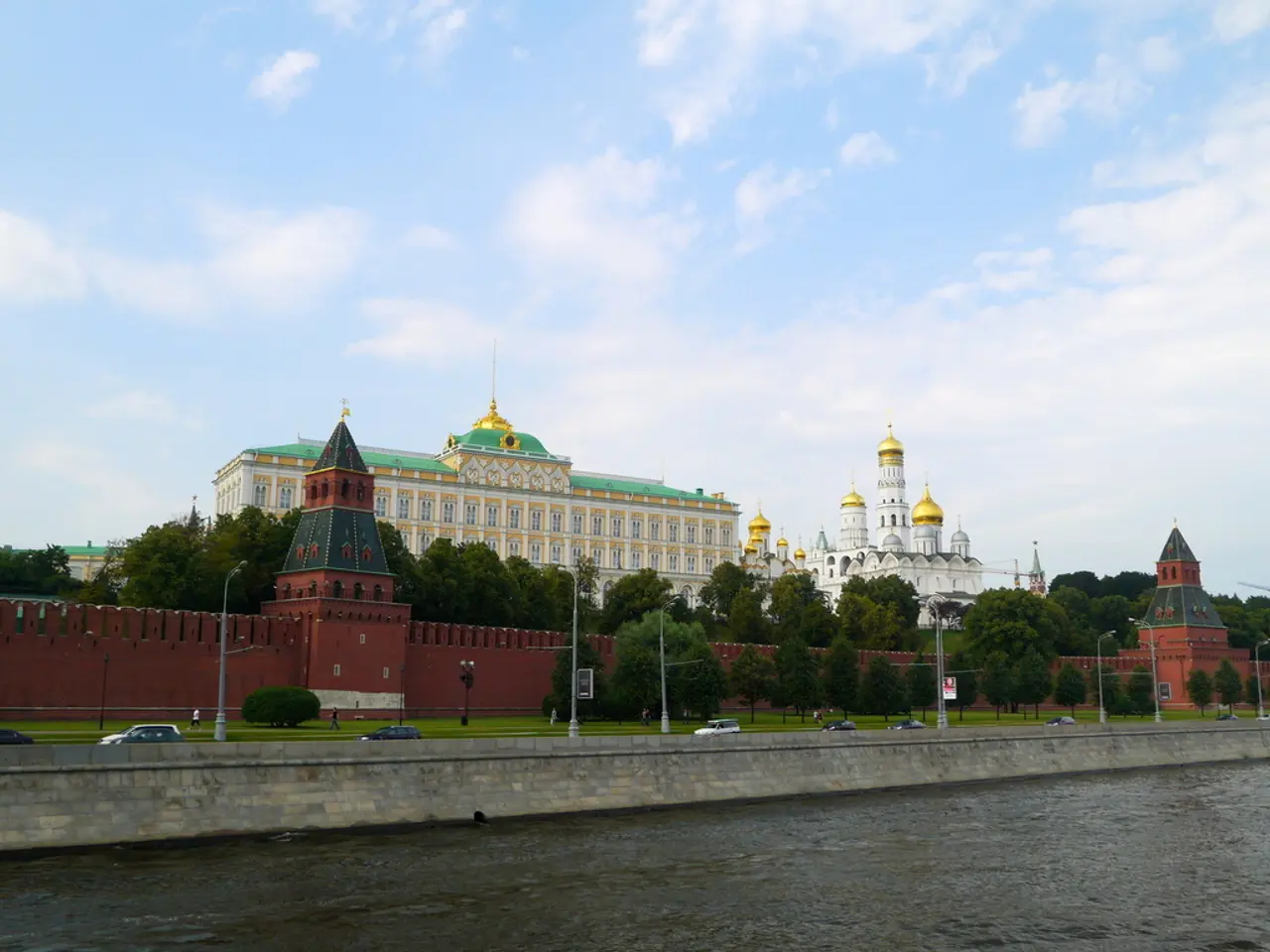Tehran, the capital city of Iran, faces impending relocation due to ongoing water scarcity issues. - Tehran's proposed displacement due to water scarcity crisis
In Iran, the capital city of Tehran and the broader nation are grappling with an unprecedented water crisis that is causing significant disruptions to daily life. The situation has been labelled a "natural disaster" by government spokeswoman Fatemeh Mohadscherani.
The water shortages have resulted in daily water cuts in Tehran, with residents experiencing blackouts of three to four hours every day, often coinciding with electricity outages. Poor districts have been particularly affected, with some experiencing multiple consecutive days without water. This has led to public protests and the installation of water tanks, as well as queuing for water trucks.
The crisis has been exacerbated by a fifth consecutive year of drought and a 40% drop in rainfall, causing reservoirs and dams supplying Tehran and other provinces to drastically deplete. Some reservoirs are now below 10% capacity or completely dry. The situation is even more dire in other parts of the country, with over half the dam capacity nationwide empty.
The government has taken some measures to conserve water and electricity, such as temporarily shutting down Tehran and closing offices and schools. However, these actions have been criticised for merely hiding the problem. Some officials are contemplating radical solutions like relocating the capital due to the unsustainable water situation, as suggested by President Peseschkian.
Potential solutions under discussion include enhancing water conservation efforts, accelerating infrastructure projects, addressing broader issues such as drought management and climate adaptation, and tackling alleged mismanagement or "energy mafia" influences. Climate experts report that 80% of the dams in Iran are almost empty, and the situation is expected to ease with rainfall in the fall.
The water crisis has had far-reaching consequences, with many factories expected to undergo large-scale layoffs due to the energy and water shortages. Many residents of Tehran have already left the capital, heading north of the country, and a normal water supply is not possible for at least the next two months.
The water crisis is a dominant issue for many Iranians, with more than 20 out of 31 provinces experiencing deteriorating conditions. President Peseschkian has criticised the environmental policies of previous governments for largely ignoring the water crisis, and he has called for urgent action to avert a complete breakdown of water supplies. The situation in Iran serves as a stark reminder of the importance of sustainable water management and the need for effective climate adaptation strategies.
- The European Union, in light of the water crisis in Iran, is exploring potential collaborations to address similar issues, focusing on water conservation, climate adaptation, and sustainable water management.
- As the European Union continues its efforts in environmental science, particularly in the fields of health-and-wellness and climate change, it recognizes the urgent need for global action when it comes to environmental disasters, such as the ongoing water crisis in Iran.




